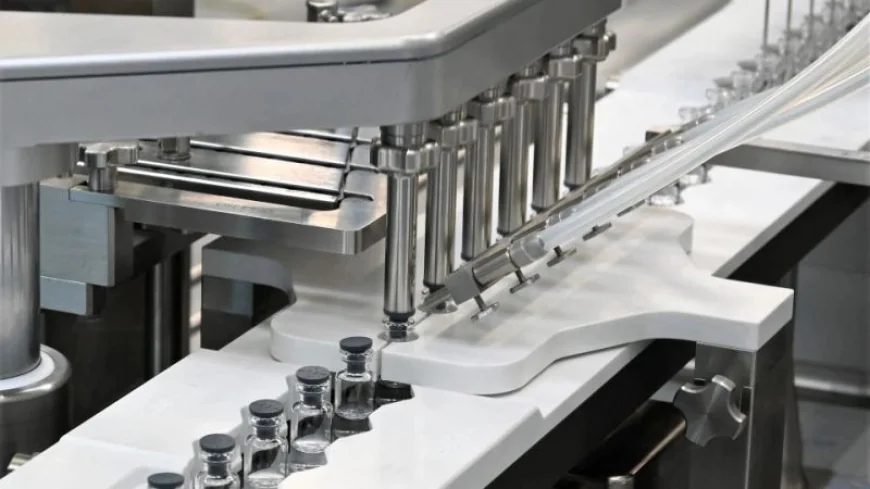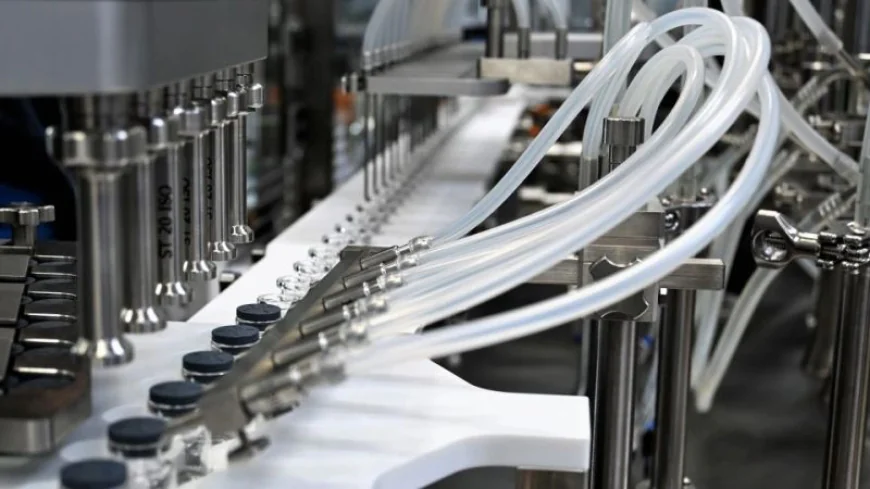Understanding the Role of Gases in Vial Fill-Finish: N2, AR, and CO2
Delve into the pivotal functions of Nitrogen, Argon, and Carbon Dioxide in the vial fill-finish stage of pharmaceutical manufacturing. This detailed analysis covers how each gas contributes to maintaining sterility, preventing oxidation, and ensuring the stability of drug products. Essential reading for understanding gas applications in preserving drug efficacy and safety.

the vial fill-finish process is a critical stage in the production of injectable drugs. This process involves filling sterile vials with the drug product and sealing them to preserve the product's integrity and efficacy. Gases such as Nitrogen (N2), Argon (Ar), and Carbon Dioxide (CO2) play pivotal roles in this process, each contributing uniquely to ensure the safety and quality of the final product.
Nitrogen (N2)
Nitrogen is primarily used for its inert properties. In the vial fill-finish process, nitrogen is employed to create an inert atmosphere within the vial, which helps in minimizing the risk of oxidation. Oxidation can degrade the active pharmaceutical ingredients, thereby reducing the effectiveness of the drug. By purging the vial with nitrogen before filling and using it to blanket the drug product, pharmaceutical manufacturers can significantly reduce oxidative stress on sensitive formulations.

Argon (Ar)
Argon, another inert gas, is sometimes preferred over nitrogen due to its heavier density. This characteristic allows argon to form a more stable blanket over the liquid surface in the vial, providing enhanced protection against atmospheric oxygen. Argon is particularly beneficial for high-value or highly sensitive biologics where maintaining the product's stability is critical. Its use, although costlier, ensures maximum efficacy and prolongs shelf life, making it a worthwhile investment in certain scenarios.
Carbon Dioxide (CO2)
Carbon Dioxide is occasionally used in the fill-finish process for its ability to maintain a specific pH environment within the vial. Additionally, CO2 can be used to adjust the headspace pressure, which aids in controlling the dissolution rate of the drug when it's administered. However, the use of CO2 must be carefully managed due to its reactive nature, which can potentially interact with the drug components if not properly controlled.
The strategic use of these gases in the vial fill-finish process underscores their importance in pharmaceutical manufacturing. Each gas brings unique properties that, when leveraged properly, ensure the production of high-quality, effective, and safe pharmaceutical products. Understanding the role of N2, Ar, and CO2 in this context allows for optimization of the fill-finish process, ultimately benefiting both manufacturers and patients.







